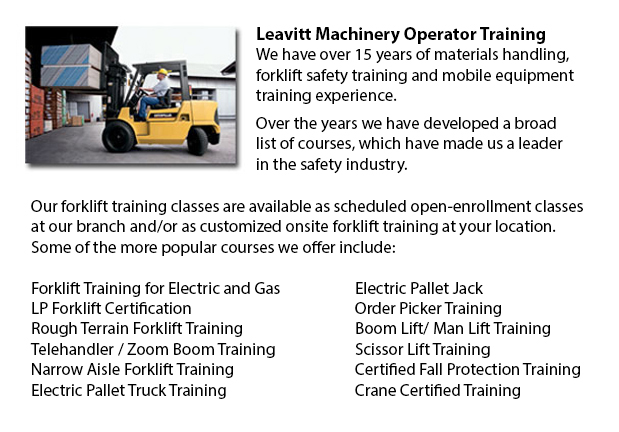
Aerial Lift Training Saskatchewan - Aerial lifts might be utilized to accomplish numerous different duties performed in hard to reach aerial places. Many of the duties associated with this type of jack include performing regular maintenance on structures with prominent ceilings, repairing phone and power lines, lifting burdensome shelving units, and trimming tree branches. A ladder could also be utilized for many of the aforementioned jobs, although aerial hoists offer more security and stability when properly used.
There are a handful of different versions of aerial lifts existing, each being able to perform moderately unique jobs. Painters will usually use a scissor lift platform, which can be used to reach the 2nd story of buildings. The scissor aerial jacks use criss-cross braces to stretch and lengthen upwards. There is a table attached to the top of the braces that rises simultaneously as the criss-cross braces elevate.
Cherry pickers and bucket trucks are a different kind of the aerial hoist. Commonly, they contain a bucket at the end of an extended arm and as the arm unfolds, the attached bucket lift rises. Lift trucks utilize a pronged arm that rises upwards as the lever is moved. Boom lifts have a hydraulic arm that extends outward and raises the platform. Every one of these aerial lift trucks have need of special training to operate.
Training programs offered through Occupational Safety & Health Association, acknowledged also as OSHA, deal with safety procedures, machine operation, upkeep and inspection and device load capacities. Successful completion of these training courses earns a special certified license. Only properly qualified people who have OSHA operating licenses should drive aerial lift trucks. The Occupational Safety & Health Organization has established guidelines to uphold safety and prevent injury when utilizing aerial lifts. Common sense rules such as not utilizing this piece of equipment to give rides and ensuring all tires on aerial lifts are braced in order to prevent machine tipping are referred to within the rules.
Sadly, figures show that in excess of 20 operators pass away each year when running aerial hoists and 8% of those are commercial painters. Most of these incidents are due to inadequate tire bracing and the lift falling over; therefore several of these deaths were preventable. Operators should make sure that all wheels are locked and braces as a critical security precaution to prevent the instrument from toppling over.
Other guidelines include marking the encircling area of the machine in a visible manner to safeguard passers-by and to ensure they do not approach too close to the operating machine. It is vital to ensure that there are also 10 feet of clearance amid any utility cables and the aerial lift. Operators of this machinery are also highly recommended to always have on the appropriate security harness when up in the air.
-
Pneumatic Forklifts
Pneumatic Forklifts Training Saskatchewan - Pneumatic forklifts are known as pallet vehicles or pump trucks and are widely utilized in warehouses and delivery plants to move resources on pallets. Pneumatic jacks comprises a pair of metallic forks mou... More -
Reach Trucks
Reach Truck Training Saskatchewan - Reach Trucks are industrialized equipment utilized for loading and storage in certain firms that maintain storage of materials to finished commodities on a pallet which are then placed into lofty shelving units. Th... More -
Komatsu Forklift
Komatsu Forklift Training Saskatchewan - Komatsu Forklift U.S.A. Inc. has a very good reputation for building reliable and durable lift trucks. Komatsu is acknowledged around the world as a company with a rich heritage while preserving an exceptional... More -
Terex Forklift
Terex Forklift Forklift Training - Terex Forklifts stands by their mission to supply a consistent and cost effective product line. They take pleasure in producing equipment that improves their consumers' earnings. Through many divestures and acquisit... More -
Doosan Forklift
Doosan Forklift Training Saskatchewan - Doosan Infracore Company Ltd. is an international and intercontinental organization which includes Defense Industry Products, Industrial Vehicles, Diesel Engines, Automation Systems, Machine Tools and Construct... More

Forklift Training Saskatchewan
TOLL FREE: 1-888-254-6157
Saskatoon, Saskatchewan
forklifttrainingsaskatchewan.com
Email Us
About Us


